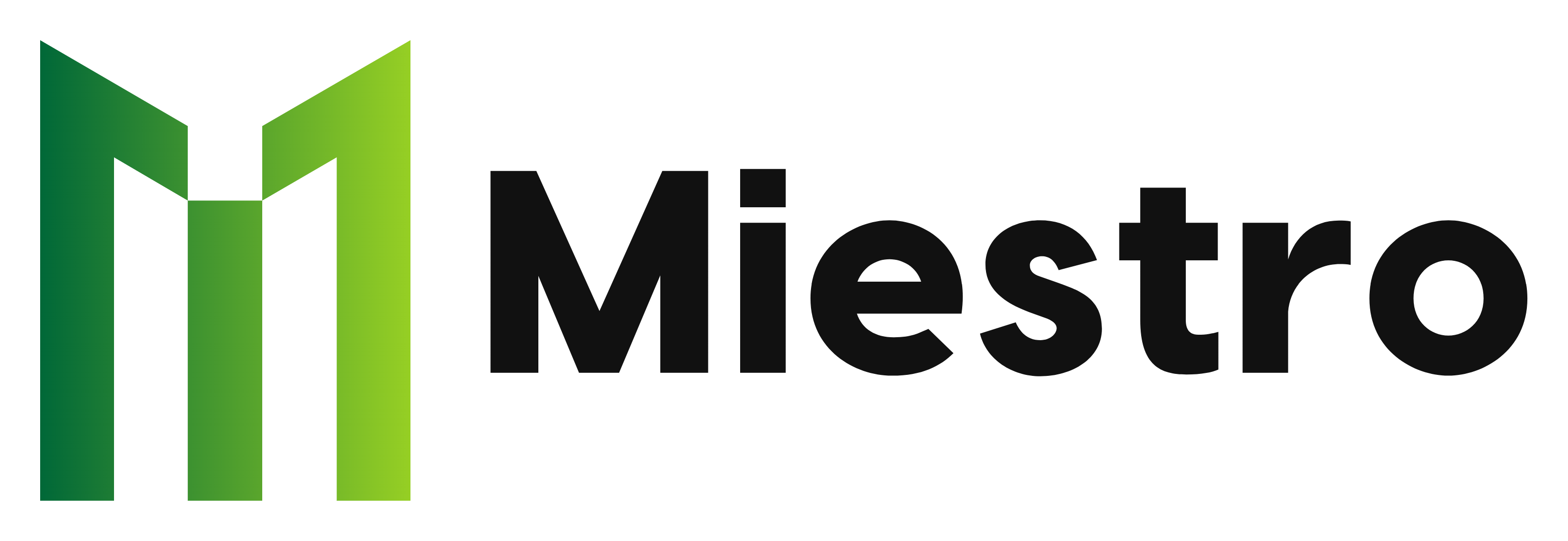
How to Start a Podcast: A Comprehensive Step-by-Step Guide for Content Creators
Starting and making a podcast seems like a daunting task, even for seasoned content creators. Some may even think they probably don’t need to venture into making one–but the numbers and audience reception don’t lie. Podcasts are becoming a huge part of today’s ever-evolving digital landscape, and you should definitely consider adding it to your platforms!
In this article, we break down eight simple steps tackling how to make a successful and engaging podcast for content creators and beginners:
The Benefits of Starting a Podcast

Before we jump into the nitty-gritty of how to make a podcast, let’s talk about why podcasting is a fantastic medium for content creators. Podcasts allow you to connect with your audience on a deeper level. They can listen to your content while commuting, exercising, or even relaxing at home. With the rise of smartphones and streaming services, podcasts have become incredibly accessible, making it an ideal platform for expanding your reach.
How to Create a Podcast in 10 Steps
If you’re ready to jump in and create your own podcast, make sure to keep these 10 simple steps in mind:
1. Start with a solid idea
The first step in creating a successful podcast is to brainstorm and choose a topic that aligns with your expertise and interests. Your podcast should provide value to your audience while reflecting your passion. Think about what sets your podcast apart from others in your niche.
Define your goals, then arrow down your message and topics. Think about why you want to start a podcast. Some of the common reasons brands and content creators produce their own podcasts include:
- Lead generation
- Industry recognition
- Message sharing and discussions
Your goals will drive the direction you’ll take. Subsequently, it’ll make brainstorming for episodes much easier. A good rule of thumb to follow is to list down at least 10 episodes based on your overarching idea–if you can’t make at least 10 episodes, then maybe it’s time to switch angles or topics altogether.
2. Plan your episodes
Once you’ve nailed down your podcast’s theme, plan your episodes in advance. Create an outline for each episode, including key points, potential guests, and a rough script. This preparation will ensure your podcast episodes are structured and engaging.
Don’t forget to do some market research and competitor analysis too! Podcasts are built around a community, so it’s important to produce episodes that will resonate with your audience. Knowing your listeners’ interests and what your competitors have to say will give you an edge when it’s time to make your content.
3. Choose your podcast format
Many popular podcasts follow a certain format. The right podcast format not only sets you apart, it also determines how well you deliver your message. Some of the commonly used formats used include:
- Solo podcasts
- Interview podcasts
- Co-hosted podcasts
- Roundtable podcasts
- Recaps
- Educational podcasts
- Story podcasts, including scripted fiction and non-fiction
Additionally, it’s also best to consider how long your podcast will be. People often fail to consider the length of each episode when they start thinking how to start a podcast. If your episodes are too short, you won’t be able to convey your message–but if your episodes are too long, listeners may get bored with it quite quickly!
As a general rule, podcasts can go anywhere between 20 to 40 minutes. However, feel free to shorten or lengthen your content as necessary. Depending on your topic, you can go as short as 5 minutes to as long as an hour. The most important thing is that you provide valuable discussions that won’t bore your listeners.
4. Invest in the right equipment
With a plan in hand, it’s time to start setting up your podcast. That means recording and producing content. Investing in good-quality recording equipment is essential for producing professional-sounding podcasts. A high-quality microphone, headphones, and recording software are the basic necessities.
Before you start worrying about your money, relax and take a deep breath! You don’t have to shell out your life savings to start your own podcast. There are a ton of available recording equipment and software available on the market today that fit a range of budgets. Do your research and buy only the necessities–and if you do decide to upgrade, you can easily work your way to that over time.
5. Record your first episode
Now, for the exciting part–recording your very own podcast!
When it comes to recording, find a quiet space to avoid background noise. Practice your speaking style to sound confident and approachable. It also helps to have an outline made beforehand, especially for solo podcasts, so you stay on track and on schedule.
Always remember that this is not the time to cut on prep work. The preparations before a recording session may be tedious, but the results will speak for themselves. A well-produced podcast provides engaging content that audiences will resonate with and you’ll find that you can slowly build a community around your platform.
6. Edit your recording
Perhaps the most brutal part of starting a podcast is the audio editing. This step ensures that you’ve got good quality audio, engaging content, and overall excellent episode. After recording, editing is the most crucial step. Remove awkward pauses, background noise, and any mistakes to create a polished final product.
7. Publish and promote
Once your episode is edited and ready to go, it’s time to publish it on podcast hosting platforms like Spotify, Apple Podcasts, and Google Podcasts. Craft compelling episode titles and descriptions, incorporating phrases and buzzwords that are mainstays in your niche or industry to enhance your discoverability. Additionally, promote your episodes on social media, your website, and relevant online communities to attract more listeners.
8. Engage with your audience
Building a loyal audience involves engaging with your listeners. Encourage them to leave reviews, share your episodes, and provide feedback. Respond to comments and questions on social media and during your episodes. By nurturing this relationship, you can strengthen your podcast’s community and encourage word-of-mouth referrals.

Conclusion
And there you have it! Remember, creating a successful podcast takes time and dedication, but with the right approach, you can expand your platform and connect with your audience in meaningful ways.
To help you further with your podcast journey, grab this book. It is a comprehensive guide on how to make a podcast for content creators and beginners like you.
If you want to hear some awesome podcasts to help you gain insights in the digital market, check out Justin Burns’ YT Channel.
Get your equipment ready. Start planning your podcast today and embark on this exciting content creation journey!




